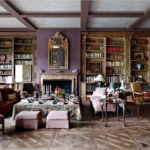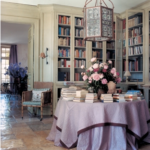Today’s home interiors aren’t as over-the-top as they used to be. Homeowners value and simplicity found in Wabi-Sabi decor. They want a home that looks and feels comfortable without needing to be flashy or perfect. The Wabi-Sabi approach to living is something they embrace with open arms.
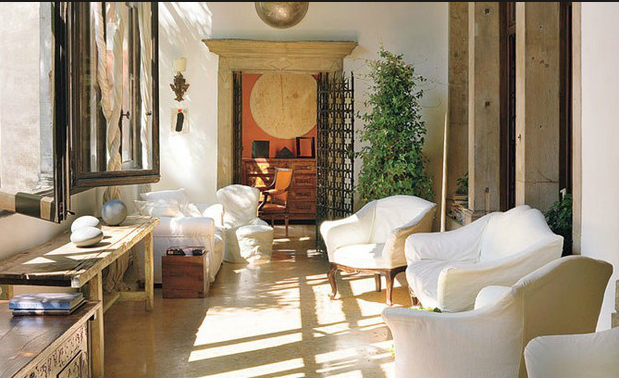
Design by Axel Vervroodt
What is Wabi-Sabi?
To understand what is meant by Wabi-Sabi, we must first understand its origins. Popular in Japanese culture, the ancient belief emphasizes the qualities of humility and simplicity while placing importance on appreciating what you have at any given moment even if it is flawed. Finding its roots in early Zen Buddhism and spreading to the arts and traditions of Japan, Wabi-Sabi remains a popular term for minimalism coupled with gratitude for the things a person may have despite the item’s physical condition.
Wabi-Sabi as a design term embraces clean lines, simple but well-made furniture, and objects of questionable beauty determined by the occupants of a home. What may be discarded or rejected by one person is often embraced by another practicing Wabi-Sabi. For example, a yard sale vase with a crack in it could complement the overall look of a home decorated in this popular Japanese style. After all who owned the definition of beauty.

Is the Wabi-Sabi Style Right for My Home?
Think about your values, home decorating budget, and personal style preferences. If you love the look of minimalist spaces, you’re likely going to love Wabi-Sabi interior design. Every object has its place in the home, and there is no clutter present in any space. Crisp whites and light colors adorn every corner of a room from the window dressings to the rugs that cover the floor.
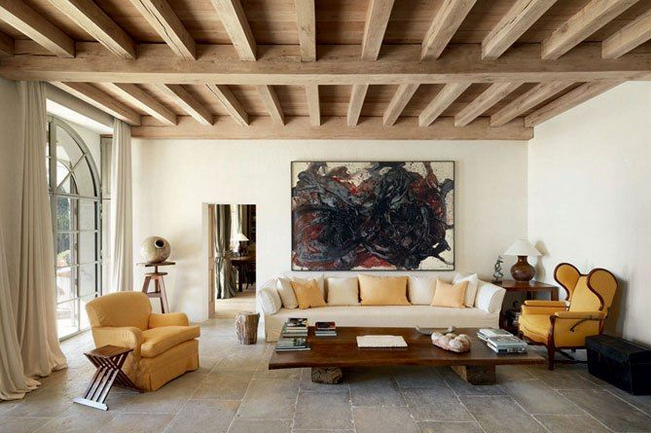
Axel Vervroodt
How to Pull off Wabi-Sabi style in Your Own Space
There are many ways to decorate your home in a Wabi-Sabi style. The following list of suggestions serves as a starting point for you to explore. Meant to spark your creativity, they don’t need to be carried out in a particular order or all be used to make your home a reflection of this unique Japanese style of interior design.
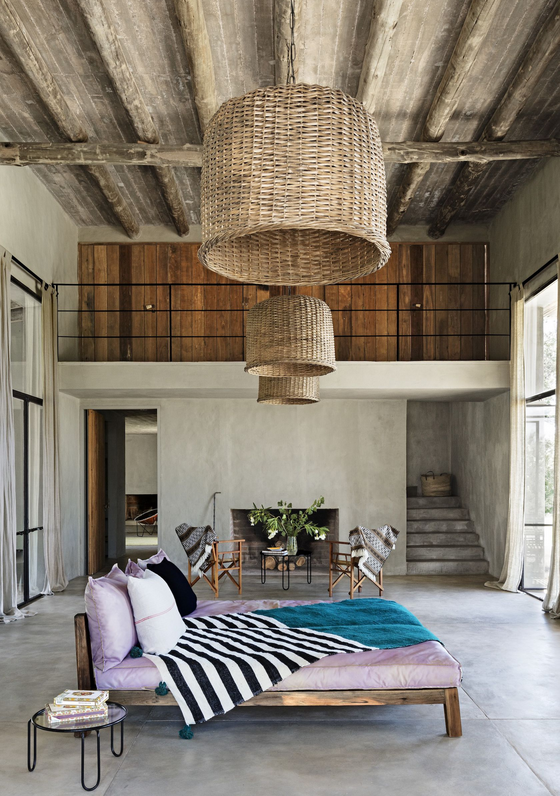
A living room in Uruguay via Elle Decor
Some of the easiest ways to reflect Wabi-Sabi are:
Get rid of clutter. Less is always more. Buy only the things that bring you the most joy and that you’ll get a lot of use out of. Leave the items that do not satisfy these needs for others to buy.
Learn to love the look of handmade items. Embrace their imperfections. After all, that’s what makes the item unique and exciting. Like people, flaws aren’t seen as disadvantageous. Instead, they’re seen as strengths that give a piece character.
Add elements from the outdoors inside. A Wabi-Sabi home has houseplants all over it. It uses items from nature to decorate with. Rocks, shells, tree branches, feathers, and dried flowers are just a few of the items that can be used in the rooms of your home to give them a Wabi-Sabi feel.
Mixing and matching of items is encouraged. It may feel a bit eclectic including old and new elements along with neutral colors and bold prints. It’s part of Wabi-Sabi style, however, to mix and match items. Your home can be an accumulation of eras, styles, colors, and cultures as long as it is decorated with intention and in a way that you love.
Now that you know what makes Wabi-Sabi special, you can start incorporating its elements of design into your home. When you’re finished decorating, you’ll have rooms that look and feel filled with light. Directly but intentionally decorated, the minimalist Japanese approach to interior design doesn’t disappoint.

